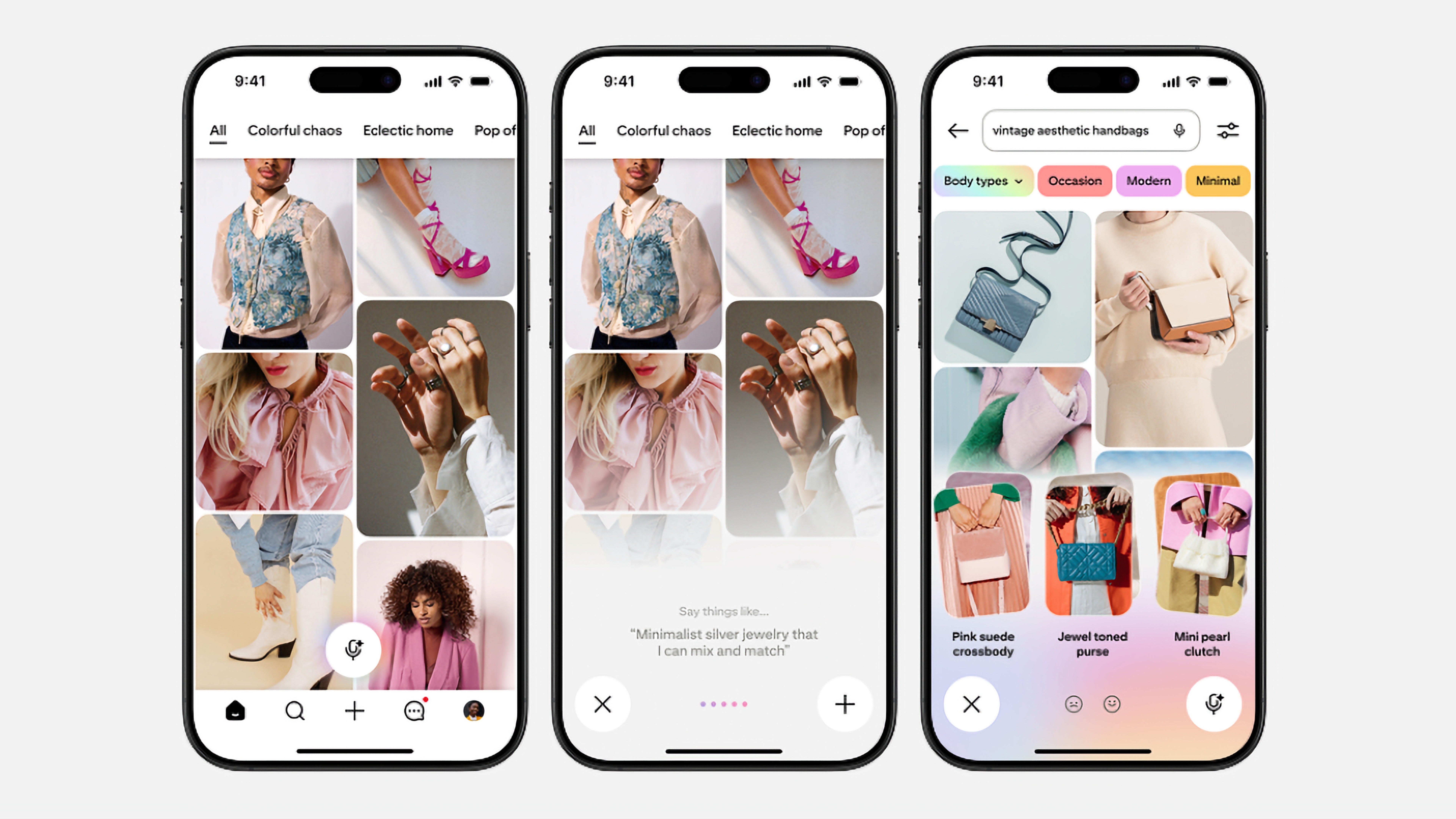Pinterest Adopts Open Source AI for Cost Efficiency
Pinterest CEO Bill Ready highlights open source AI for performance gains and cost efficiency, reflecting a strategic shift in the company's AI approach.

Pinterest CEO Highlights Open Source AI for Superior Performance and Cost Efficiency
Pinterest CEO Bill Ready recently emphasized the strategic shift towards open source artificial intelligence (AI) within the company, citing "tremendous performance" improvements coupled with reduced operational costs. This move reflects Pinterest's broader ambition to harness AI technologies innovatively while optimizing expenditures amid a competitive tech landscape.
Background: Pinterest’s AI Evolution
Pinterest, known for its visual discovery platform with over 600 million users globally, has been actively integrating AI to enhance user experience and platform capabilities. The company recently launched the Pinterest Assistant, a voice-powered AI tool that allows users to interact via spoken queries focused on fashion, home decor, and other lifestyle interests.
Unlike many AI assistants available today, Pinterest's voice AI is designed exclusively for spoken interaction, responding only with audio narration to encourage a more conversational and immersive experience. This assistant is powered by a multimodal AI model that processes audio, image, and text inputs but always delivers visual results. The core AI model is developed in-house, leveraging proprietary user data signals combined with some third-party natural language processing components.
Open Source AI: A Strategic Advantage
Bill Ready, CEO of Pinterest, has publicly touted the advantages of adopting open source AI frameworks over proprietary solutions. He highlighted that open source AI models have delivered tremendous performance gains while significantly reducing infrastructure and operational costs. This is especially crucial for Pinterest, where managing vast amounts of user-generated content and AI-driven personalization demands scalable and cost-efficient technology.
Open source AI offers several benefits:
- Cost Efficiency: Avoiding expensive licensing fees associated with proprietary AI solutions.
- Customization: Ability to tailor AI models specifically to Pinterest’s unique data and user behavior.
- Community Innovation: Access to a global developer community that continuously improves underlying algorithms, driving rapid innovation.
- Transparency and Control: Greater insight into AI model behavior, fostering trust and ethical AI deployment.
Ready's remarks underscore a growing trend among tech companies to embrace open source AI as a way to balance innovation with financial prudence.
Recent Developments and AI Strategy
Pinterest’s AI strategy extends beyond voice assistants. The company has also been focusing on rebuilding user trust after criticism related to AI-generated content. Users are now empowered to filter AI content from specific categories such as fashion and beauty, reflecting Pinterest’s commitment to transparency and user control.
The earnings call for Q3 2025 further revealed Pinterest's ongoing investments in AI infrastructure to support its evolving product lineup and maintain competitive differentiation in the marketplace.
Industry Impact and Forward Outlook
Pinterest’s adoption of open source AI aligns with a broader industry movement where major tech firms leverage open frameworks like TensorFlow, PyTorch, and others to innovate at scale. By optimizing AI models for their specific use cases, companies like Pinterest can offer richer, more personalized experiences without incurring prohibitive costs.
This approach is likely to influence competitors and partners in the social media and e-commerce sectors, where AI-driven recommendations and user interactions have become central to engagement and revenue growth.
Visuals Relevant to the Story
- Bill Ready, CEO of Pinterest: Photos from recent tech conferences or official Pinterest announcements where he discusses AI strategy.
- Pinterest Assistant Interface: Screenshots or promotional images showing the voice-powered AI assistant in action.
- Pinterest Logo and Branding: To visually anchor the article’s reference to the company.
- Diagrams of Pinterest’s Multimodal AI Architecture: Illustrations explaining how audio, image, and text inputs are processed to produce visual outputs.
Pinterest’s push towards open source AI represents a significant strategic pivot that combines technological excellence with cost discipline. As AI continues to reshape digital experiences, Pinterest’s example provides a blueprint for sustainable innovation in a highly competitive environment.



